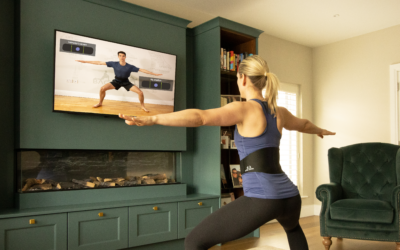Summary
Back Pain is generally Mechanical – Disc (Flexion intollerent) or joint/stenosis (Extension/standing intollerent) or SI joint. This article discusses how to tell which one you may have and what you can do about it.
Other reasons to watch out for are Nerve root impingement or serious pathology.
Article
Back pain is something that will effect a staggering 85% of people in their lives. Of this 85% of people over 30% will have recurring episodes of back pain. Yet despite this prevalence of back pain many people with back pain have no idea what is causing it. This is worrying because if you know what is the reason for your back pain there can be steps to try fix it. As Charlie Munger says “ All I want to know is where I will die so I never go there!”. Hopefully after this article you might be clearer about your back pain and stop doing things that might be causing issues. Here are some the top reasons for back pain
1. Serious Pathology- Cancer (<1%)
Less than 1% of Back Pain is caused by very serious issues. These are known as red flag issues because back pain is a symptom of something a lot more serious, such as cancer or issues to the spinal cord. Unexplained weight loss in the previous 6 months, or issues with bowel and bladder function need to be checked out by a G.P for immediate follow up. Don’t ignore these two issues if they are occurring with back pain.
2. Nerve root impingement (10%)
This can occur when the nerve root at the spinal cord is compromised. Again pretty rare but symptoms here include pins and needles or numbness going all the way below the knee. This again would need to be examined further. Possible surgery may be required to try alleviate the pressure that is being built up on the nerve.
3. Mechanical Low back Pain (90%).
As you can see from the percentages this is the most common reason for back pain. It is related to how we move and the stresses we place on our spine. This can be broken up into three key reasons:
3A. Disc Related pain.
This is mechanical back pain caused by a disc bulge. Again this might cause sciatica or pins and needles into the bum and down the leg but not down below the knee. This is often worse in the morning because the disc takes on fluid over night and is larger which increases the pressure on the disc. Also it is generally worse when sitting or immediately getting up after sitting. This is generally due to sitting putting pressure on one side of the disc making the bulge worse and then when we stand we compress this bulge causing some pain or shooting pain.
Keys with disc related pain is to try not to sit as much (lie down on the couch or ground when your watching TV, take regular breaks from sitting when at the desk and try power walk for 5 minutes in the morning to help). The BackAware Belt is great here both to make sure you are doing Pilates correctly and can be used at your desk as a posture tracker and trainer to remind you not to keep slouching.
3B. Facet joint, stenosis or arthritis.
All of these things generally relate to back pain that is associated with standing. It is generally across the back on both sides. This type of back pain is generally worse when walking (especially around shops or when not going fast) or a lot of standing, it is not associated with any pins and needles or numbness and is more a back ache.
Key things with this is when standing, keep your hands behind your back rather than crossing your arms ( this takes pressure off the spine), Take breaks from standing by sitting when possible, power walk instead of stroll by really moving your arms. The last thing here is to do a Pilates routine to make sure you strengthen your core to take pressure off your back. Click here to learn more www.backawarebelt.com/back .
3C. SI joint pain.
This last type of back pain presents as either left or right sided back pain rather than in the centre. It generally is lower down and closer to the pelvis level rather than the centre of the low back. This type of back pain is generally associated with pain into the hip, pain moving such as walking or running and the pain can move. It is generally caused by the SI joint not moving well, which causes pain into the connection between the back and the pelvis on whatever side is not moving.
The best way to fix this type of pain is to release all the muscles around the hip. Doing a piriformis release with a hockey ball and glute foam rolling and hip flexor releases can really help alleviate this. It is then important to do core stability and glute bridges to make sure the SI joint does not continue to ‘lock up’.
These are the key reasons for back pain that I see as a chartered physio day to day. Think about your back pain and which one most sounds like you. Knowing what is causing your back pain will allow you to start taking actions to help fix it. For more tips click here to get my book “Secrets of a Healthy Spine”










